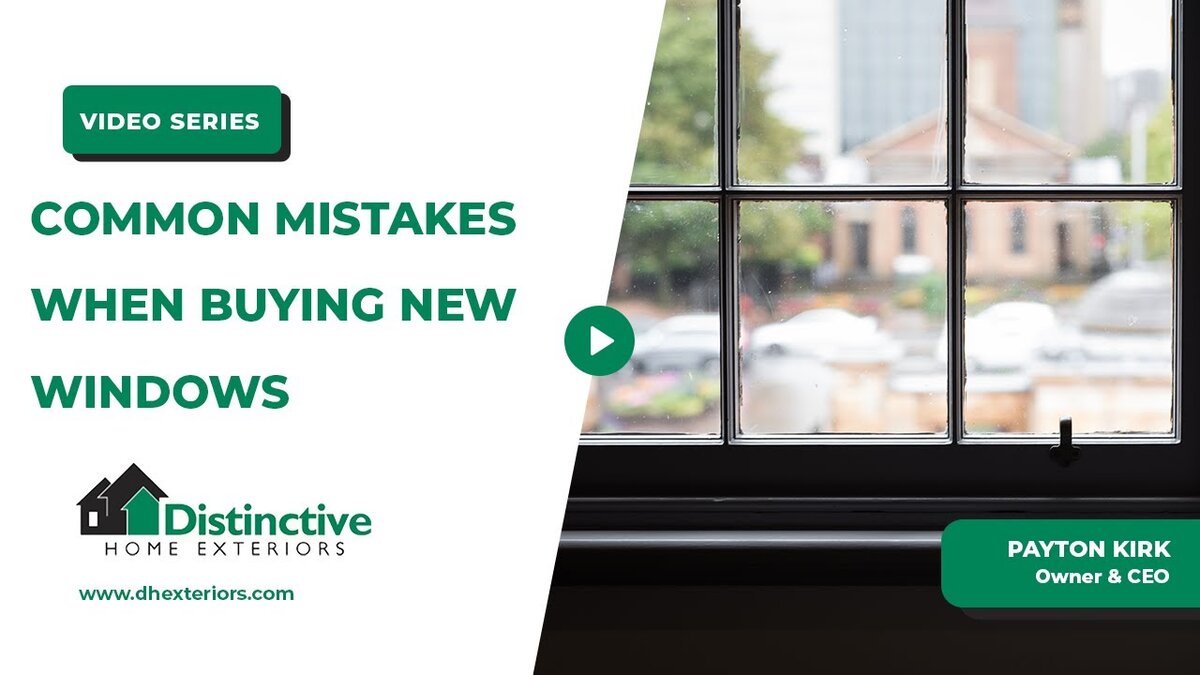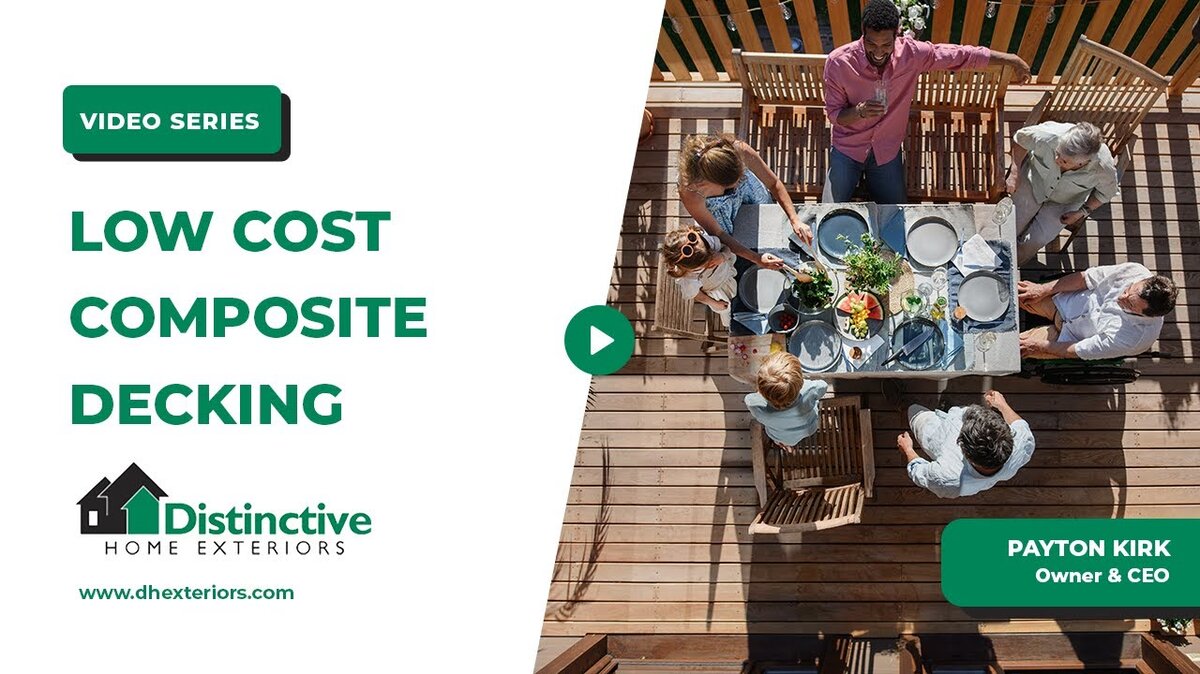No matter how well you maintain your home, the relentless power of the sun will gradually alter the color of your siding. This transformation can affect the overall appearance of your house and may leave you wondering how to address it. In this article, we’ll explore what causes siding to fade, what factors contribute to the process, and how to deal with this common aesthetic challenge.
Darker Siding Will Show More Fade
One important thing to understand is that not all siding materials fade at the same rate. Darker siding colors tend to show fading more prominently than lighter ones. This is because the pigments in darker shades absorb more heat from the sun’s ultraviolet (UV) rays, causing them to deteriorate faster. Consequently, if you have a home with darker siding, you can expect it to fade more aggressively over time compared to homes with lighter-colored siding.
Why Does Fade Occur?
Fade primarily occurs due to the damaging effects of UV rays from the sun. These rays penetrate the outer layers of your siding material and cause the pigments to break down, resulting in a gradual loss of color vibrancy. However, fading is not necessarily a sign that your siding is failing or deteriorating structurally. It’s primarily an aesthetic issue that impacts your home’s curb appeal.
Vinyl Siding Can Become Brittle
While most siding materials can withstand fading without significant structural concerns, vinyl siding is an exception. Over time, prolonged exposure to the sun can make vinyl siding more brittle and susceptible to damage from objects that may strike it. While this doesn’t mean your siding will crumble in your hand, it does make it more vulnerable to impact damage.
Painting as a Solution
If you’re looking to address fading, consider whether your siding material is paintable. For wood-based siding or Hardie board, painting is a viable option. Similarly, some steel siding products can be painted, provided you use an appropriate paint for metal surfaces. Painting can refresh the look of your siding, masking the effects of fading and giving your home a revitalized appearance. It’s a cost-effective solution that can significantly extend the life of your siding.
However, it’s crucial to remember that painting is not a permanent fix. Eventually, you may need to replace your siding if fading becomes too pronounced or if the siding material itself begins to deteriorate.
Conclusion
Understanding what causes siding to fade is an essential aspect of homeownership. While it’s an inevitable issue that affects the aesthetic appeal of your home, there are steps you can take to mitigate its impact. Darker siding colors will show fading more prominently, and vinyl siding can become brittle over time due to sun exposure.
If you’re dealing with fading siding, consider painting it as a cost-effective solution to restore its appearance. However, keep in mind that painting is not a permanent fix, and you may eventually need to replace your siding.
For further questions about siding maintenance, replacement, or painting, don’t hesitate to contact us. Our team of experts is here to help you make informed decisions and keep your home looking its best.





